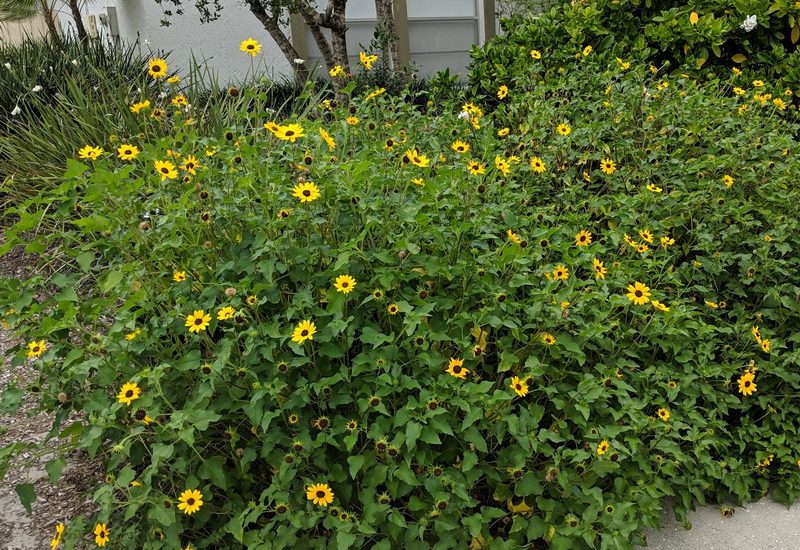Maple Trees in Oregon: Where to Find Them and How to Identify Them
Maple trees are a common sight in the Pacific Northwest region of the United States, particularly in the state of Oregon. Among the various species of maple trees that can be found in the area, the Bigleaf Maple (Acer macrophyllum) stands out as a particularly iconic representative of the region’s flora.

The Bigleaf Maple is a deciduous tree that can grow up to 100 feet tall, with a broad crown of leaves that can span up to 60 feet in diameter. Its leaves are characterized by their large size, which can reach up to a foot across, and their distinctively lobed shape. In the fall, the leaves turn a vibrant yellow or orange color, adding to the tree’s visual appeal.
In Oregon, the Bigleaf Maple can be found in a variety of habitats, from moist forests to dry hillsides. Its wood is highly valued for its durability and attractive grain, and has been used for a variety of purposes, from furniture and flooring to musical instruments. Additionally, the tree provides important habitat for a variety of wildlife, including birds, squirrels, and insects.
Species and Distribution

Maple trees are a common sight in the Pacific Northwest region of North America, particularly in Oregon. There are several species of maple trees that grow in this area, each with its own unique characteristics and distribution patterns.
Bigleaf Maple (Acer Macrophyllum)
The Bigleaf Maple is the largest maple tree species in the Pacific Northwest, and it is also the tallest maple tree in the world. It can grow up to 100 feet tall and is characterized by its large, broad leaves that can be up to a foot in diameter. The Bigleaf Maple is found throughout the Pacific Northwest region, from southern Alaska to California, and it is particularly abundant in the forests of Oregon.
Vine Maple (Acer Circinatum)
The Vine Maple is a smaller species of maple tree that is native to the Pacific Northwest region of North America. It is characterized by its slender, twisting branches and its delicate, lobed leaves. The Vine Maple is found throughout the region, from British Columbia to Northern California, and it is particularly common in the forests of Oregon.
Rocky Mountain Maple (Acer Glabrum)
The Rocky Mountain Maple is a species of maple tree that is found in the western regions of North America, including the Pacific Northwest. It is characterized by its small, glossy leaves and its shrub-like growth habit. The Rocky Mountain Maple is found throughout the region, from Alaska to the Sierra Nevada mountains in California, and it is particularly common in the forests of Oregon.
Overall, maple trees are an important part of the natural habitat in the Pacific Northwest region of North America, and they play a vital role in the forests and ecosystems of Oregon. The Oregon Maple Project is a statewide initiative that seeks to catalog and study the distribution and growth patterns of maple trees in Oregon, and this research is helping to better understand the ecology of these important trees.
Ecology and Uses

Habitat and Growth Conditions
Maple trees are a common sight in Oregon’s forests, with the bigleaf maple being the most prevalent species. These large deciduous trees can grow up to 100 feet tall and are found at elevations ranging from sea level to 4,000 feet. They prefer moist soils and can be found growing in mixed hardwood forests alongside other species such as Douglas fir, black cottonwood, and red alder.
The leaves of the maple tree are large and have five lobes, with the lobes separated by deep notches. In the fall, the leaves turn a beautiful yellow color before falling off the tree. The flowers of the maple tree are small and inconspicuous, while the fruit is a distinctive samara that spins as it falls from the tree.
Cultural and Economic Importance
Maple trees have long been valued for their wood, which is fine-grained and reddish-brown in color. The wood is commonly used for furniture and lumber, and is also prized by woodworkers for its unique characteristics.
In addition to its wood, the maple tree is also important for its sap, which is used to make maple syrup and other maple products. The sugaring season typically begins in late winter or early spring, when the sap begins to flow as the tree prepares for new growth. Tapping the tree involves drilling a hole in the trunk and inserting a spout to collect the sap. The sap is then boiled down to produce syrup, which is a popular sweetener for pancakes, waffles, and other foods.
Maple syrup production is an important industry in Oregon, with many small-scale producers throughout the state. The University of Washington and Oregon State University both have programs focused on maple syrup production and research.
Conservation and Challenges
While maple trees are not considered endangered, they do face some challenges in Oregon’s forests. The trees are susceptible to damage from insects and disease, and their habitat is threatened by logging and development.
Conservation efforts are underway to protect the habitat of the maple tree and other hardwoods in Oregon’s forests. These efforts include the establishment of protected areas and the promotion of sustainable forestry practices. Maple trees are also important for wildlife, providing habitat for birds and other animals, as well as food in the form of seeds and sap.
Overall, the maple tree is a valuable and unique species in Oregon’s forests, with both cultural and economic importance. Its wood, sap, and foliage are all highly valued, and efforts are being made to ensure its continued survival and prosperity.


